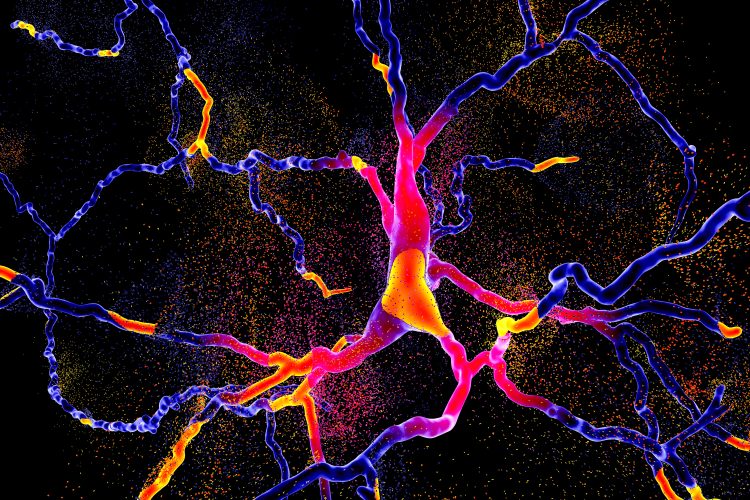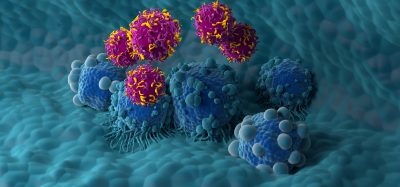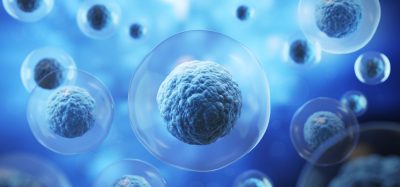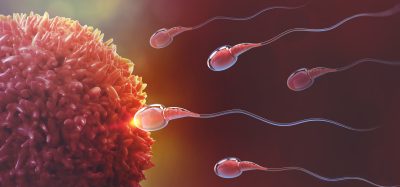Drug target for spinocerebellar ataxia type 1 identified by researchers
Posted: 10 August 2020 | Victoria Rees (Drug Target Review) | No comments yet
A team has found that a mutation in the ATAXIN-1 gene causes spinocerebellar ataxia type 1 (SCA1), presenting a drug target for the condition.


New research has shown that a mutation in the ATAXIN-1 gene leads to accumulation of the Ataxin-1 (ATXN1) protein in brain cells and is the root cause of a rare genetic neurodegenerative disease known as spinocerebellar ataxia type 1 (SCA1).
Until now, how healthy cells maintain a precise level of ATXN1 has remained a mystery. The study led by researchers at Baylor College of Medicine and the Jan and Dan Duncan Neurological Research Institute at Texas Children’s Hospital, both US, revealed the novel mechanism that regulates ATXN1 levels.
“SCA1 is one of the adult-onset neurodegenerative diseases for which we know the genetic cause, in this case the gene ATXN1,” said Dr Huda Zoghbi at Baylor and Texas Children’s, corresponding author of the work and professor of molecular and human genetics, paediatrics and neuroscience. “When we identified the gene, we learned that mutations can cause the ATXN1 protein to remain in cells longer than normally. This is bad news for neurons as too much ATXN1 leads to their death.”
The researchers investigated a regulatory region known as 5-prime untranslated region (5’UTR), which is unusually long for the ATXN1 gene and found that it manages the protein so that it does not accumulate to reach toxic levels. The team focused on one regulatory element that seemed important because it is conserved in many species. They discovered that this short piece could regulate ATXN1 levels.
“We found that we could reduce the amount of ATXN1 produced with a microRNA called miR760 that binds specifically to the conserved small piece in the 5’UTR region,” said first author and doctoral candidate Larissa Nitschke. “This finding encouraged us to test whether miR760 could reduce the amount of ATXN1 in animal models of SCA1.”
Manipulating this mechanism in animal models of SCA1 reduced ATXN1 levels and improved some of the symptoms of the condition. The researchers designed their experiments to reduce the levels of ATXN1 only in the cerebellum of their animal models using gene therapy directed at only this brain region. They found that providing miR760 lowered the levels of ATXN1 and improved motor and co-ordination deficits in the animal models of SCA1.
“The most exciting part of our findings was that we could reduce some of the symptoms of SCA1 in the animal models,” Nitschke said. “Although we only lowered the levels of ATXN1 by about 25 percent, the mice significantly improved their movements. This result strongly supports further studies to explore the effectiveness of this approach to treat the human condition.”
According to the researchers, the findings offer the possibility of developing treatments that could improve the condition, for which there is currently no cure.
The findings were published in Genes & Development.
Related topics
Drug Targets, Genetic Analysis, Genomics, microRNA, miRNAs, Research & Development, RNAs
Related conditions
spinocerebellar ataxia type 1 (SCA1)
Related organisations
Baylor College of Medicine, Texas Children's Hospital
Related people
Dr Huda Zoghbi, Larissa Nitschke








